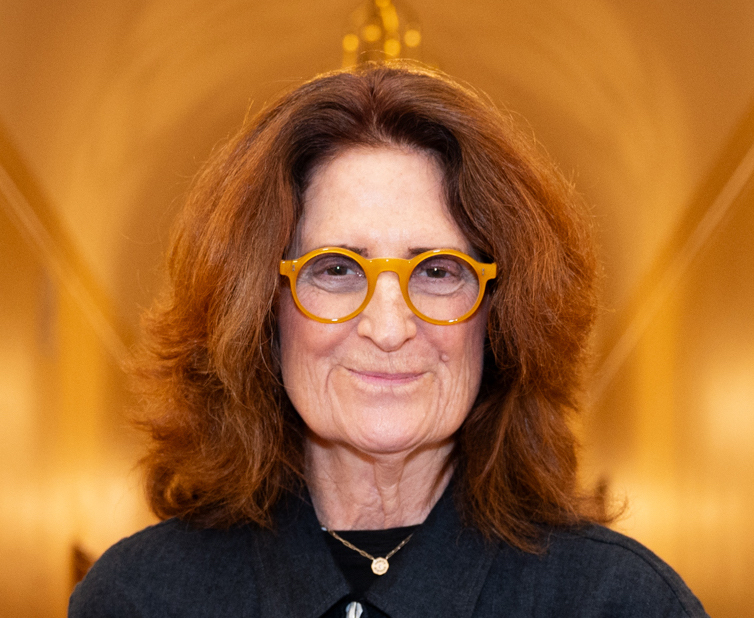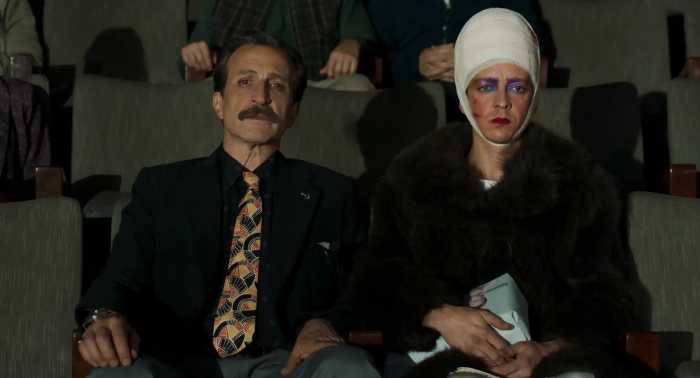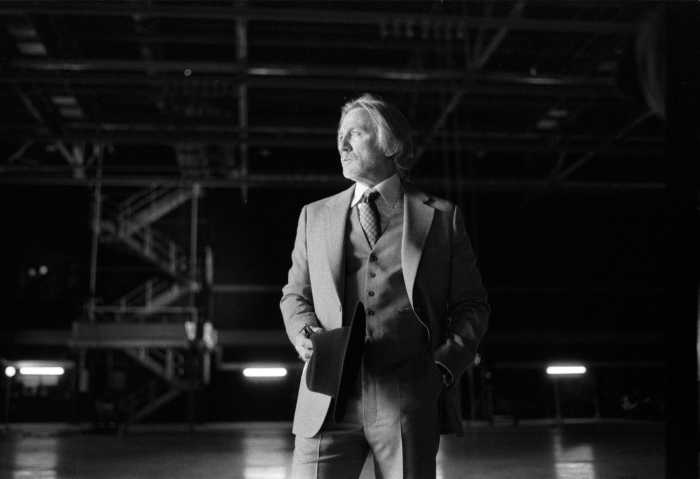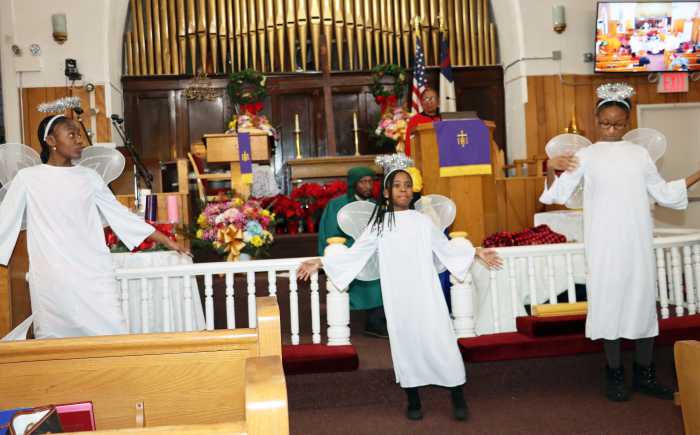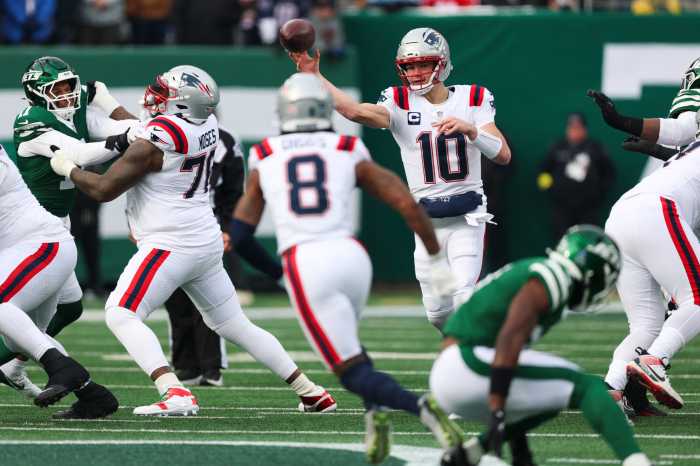Allee Willis may not be a household name, but her music is. The late songwriter penned Earth, Wind & Fire’s biggest hit, “September,” as well as “Boogie Wonderland.” She won a Grammy for contributing two songs to the “Beverly Hills Cop” soundtrack, and she was a cowriter of the Emmy-nominated theme song, “I’ll Be There for You,” from “Friends.” She also cowrote the stage musical, “The Color Purple,” which won her another Grammy. (She lost out on a Tony, however).
The new documentary “The World According to Allee Willis” is a fabulous tribute to the songwriter who was also an artist, designer, and internet content creator (long before influencers were famous). Moreover, she threw amazing parties. Her home in the San Fernando Valley was decked out with fun and funky objects d’art.
Throughout the documentary, friends, including Paul Reubens (aka Pee Wee Herman), Patti LaBelle, Cyndi Lauper, the Pet Shop Boys, Lily Tomlin and Bruce Vilanch reminisce about their experiences with Willis.
Willis may have had incredible creativity and success, but as director Alexis Spraic’s nimble film shows, she did struggle with being a lesbian in part because of difficulties she had with her father. She kept her relationships with women — like singer/songwriter Lauren Wood — a secret, fearing her sexuality might cost her work in the music business.
Spriac and Prudence Fenton — Willis’ partner for 28 years, who produced and appears in the documentary — chatted with Gay City News about Allee Willis and their film.
Alexis, how did you know Allee and come to make this documentary about her?
Alexis Spraic: If you just said her name to me, I’d say I had no idea who she was. When I Googled her, I realized she’s been a part of my entire life. I know her work really well. I’d seen profiles on her — and recognized her; she has such an iconic look — and I read about her, but in a sense, I really had no idea. Then our mutual friend Paul Reubens introduced me to Prudence when she was looking for a filmmaker for the project.
Allee filmed everything and collected everything, and she knew and/or worked with everyone. How did you approach telling her story and assemble the clips, interviews, and footage?
Alexis Spraic: Prudence and Allee had discussed it quite a bit. It was one of her wishes that someone put the trail she left behind together. Allee liked the documentary, “The Devil and Daniel Johnston,” and being inside his head. That was a good guiding light in how we approached it. Prudence opened everything to me — journals and diaries. There’s a superficial story you can tell about all of Allee’s accomplishments — the woman behind all these hit songs — but I wanted to do a richer dive into her as an artist. We tried to answer the question of why did Allee want someone else to do this film instead of doing it herself? What was she scared of that she talked about losing her nerve and destroying her archives? Those were big clues. We went through six storage units and 10,000 hours of footage to get the fragile and vulnerable side of Allee that she had not felt comfortable showing in her lifetime and how that affected her artistic output and process — and how she persevered.
Allee is described by Lily Tomlin as being “ahead of her time” but she was actually ahead of the curve in music, art, and the nascent internet. What observations do you have about her amazing creativity? I liked how the film explains that struggling kept her growing.
Prudence Fenton: That’s the sign of a true artist. Your best times are when you are in the middle of creating. When you are not creating, you are miserable. She always wanted to have something to work on. The juices had to keep flowing.
Alexis Spraic: I think that being ahead of her time came to her naturally. She was a consummate artist and approached everything with the same level of conviction and compassion, whether it was Earth, Wind, and Fire, or a small independent project. She was so visionary. It’s lonely being an artist. You see things before others and hopefully you can convey it to other people. When the internet showed its potential, she immediately saw it as a social environment. That was just her world view. She couldn’t suppress that, so she had to pursue it.
I love how the film showcases Allee’s amazing taste in art and clothes, and her parties looked legendary. Can you describe her distinctive style?
Prudence Fenton: She would never let me wear a white shirt. “Throw those out!” When she died, someone said, “You have to take all her clothes to thrift shop.” I responded, “Are you kidding? I need to document every shirt she had! They were paintings. They were art!” Allee knew that. When you see [her clothes] without her there, I realize the curation went to a level I couldn’t appreciate until now. Then you saw how she put it together. She never stopped thinking or creating. Nothing wasn’t art directed.
Allee has one struggle with her father, who didn’t accept her. She remained closeted for fear for her career. Can you talk about her personal life and how she would hide herself?
Alexis Spraic: I think a big part of it, and this ties back into style and presentation, is that she wants to be seen first and foremost as her. With sexual identity, that label was scary to her because of how it might truncate her self-expression. In the film, Michael Patrick King says, “She was aways trying to make something part of her.” What made her dedicated to her self-expression is that every weakness she had — her anxiety of presenting as too masculine, her persona and look — was louder than that and those kinds of judgments. She found a subversive way to be herself. Her relationship with her sexuality evolved over time. When she was younger, it was a fear of homophobia, and she internalized a fear of rejection. But as she got older, she was moving to more than just sexual preference. If she lived longer, she might have enjoyed how the culture has evolved to accommodate ways of identifying yourself that are not quite so confining.
Prudence Fenton: As a gay couple, you don’t sit around and talk about how gay you are. I come from a very heterosexual background and any public display of affection was not appreciated by anyone because it might make other people uncomfortable. There was no way I’d ever meet her father. That was off limits. It didn’t hurt me, because it was a rule from the beginning. It hurt her. He also didn’t accept her as an artist. She wanted to be seen for her work and creativity, not for who her partner was.
Prudence, can you talk about your relationship with Allee?
Prudence Fenton: She encouraged my own creativity. She was happier if I was creating as well. Initially, that was painful, but once I became more of an artist myself, I completely got it. It was important to encourage her during that creative moment. In a way it was good we didn’t live together. That may be why it lasted 28 years. Psychically, she was very loud. When we worked on “Willisville” [an online project] together, I was glad to go home by myself and decompress from Allee. She was big, and her energy was huge, but I did get exhausted.
“The World According to Allee Willis” | Directed by Alexis Spraic | Opening November 15 at the Angelika Film Center and the New Plaza Cinemas; available on digital Nov. 22 | Distributed by Magnolia Pictures.

